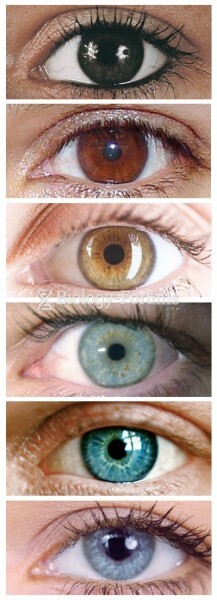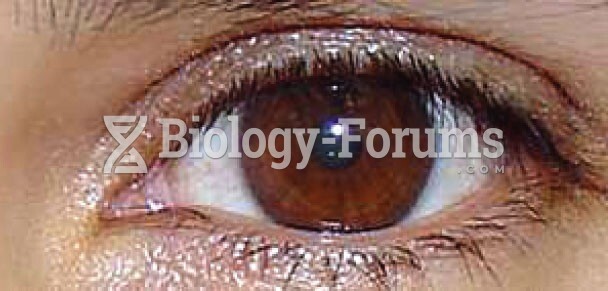|
|
|
Bisphosphonates were first developed in the nineteenth century. They were first investigated for use in disorders of bone metabolism in the 1960s. They are now used clinically for the treatment of osteoporosis, Paget's disease, bone metastasis, multiple myeloma, and other conditions that feature bone fragility.
Earwax has antimicrobial properties that reduce the viability of bacteria and fungus in the human ear.
Asthma cases in Americans are about 75% higher today than they were in 1980.
People often find it difficult to accept the idea that bacteria can be beneficial and improve health. Lactic acid bacteria are good, and when eaten, these bacteria improve health and increase longevity. These bacteria included in foods such as yogurt.
When blood is exposed to air, it clots. Heparin allows the blood to come in direct contact with air without clotting.







